Privileged Access Management (PAM) solutions provide organizations with the ability to secure, control, and monitor access to critical information and resources by privileged users.
PAM is crucial for businesses that need to safeguard sensitive data and maintain compliance with industry regulations. It restricts privileged access to only those users who need it and tracks their activities, helping prevent security breaches. Solutions in the PAM category offer comprehensive tools to manage and audit privileged accounts, ensuring that user actions are transparent and accountable.
What features are essential in a PAM solution?
What benefits or ROI should organizations expect from PAM solutions?
PAM solutions are implemented in industries such as finance, healthcare, and government, where sensitive data protection is crucial. Financial institutions use PAM to protect customer information, healthcare providers to secure patient records, and government agencies to safeguard classified information.
PAM solutions are helpful for organizations that need to protect sensitive data, comply with regulations, and ensure that privileged accounts are not misused or compromised. These solutions play a key role in strengthening an organization's overall security posture.
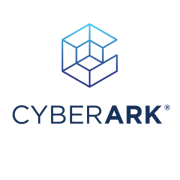


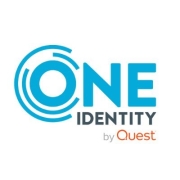



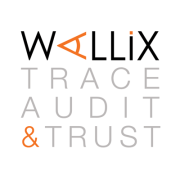

















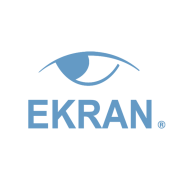




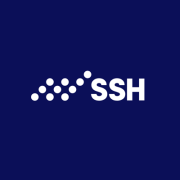
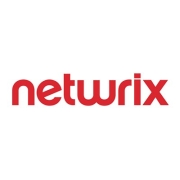




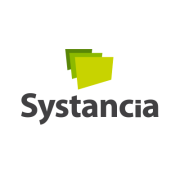



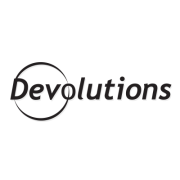


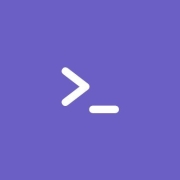
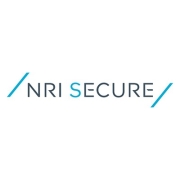
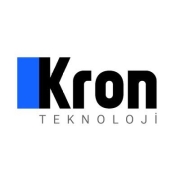



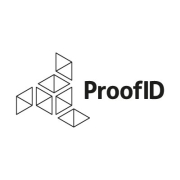







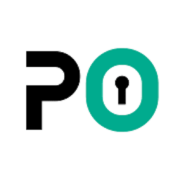










Privileged access management’s main focus is security. PAM ensures that every user interface has been properly investigated and only the appropriate users have the necessary access to sensitive, critical data environments based on their role or job function. PAM also gives security departments the ability to closely monitor all activities and identify problematic behaviors and inappropriate activities and respond to them immediately. As organizations grow, the need for varying levels of privileged access grows as well, as there are increased endpoints, devices, applications, and cloud usage that have increased the threat surface exponentially. A strong privileged access management solution will have protocols in place to detect problematic, suspicious activities immediately and stop them.
Privileged access management tools are software solutions that designate and assign specific protocols to establish effective privileged access management throughout the enterprise. A PAM tool will define security and privileged access, thereby better facilitating a secure ecosystem throughout the enterprise. PAM tools will monitor all access throughout an enterprise and identify any suspicious activity. Additionally, PAM tools will ensure all compliance regulations are being satisfied by closely monitoring all accounts, access, and privileges.
Identity access management (IAM) and privileged access management (PAM) have different, specific, defined roles, however, they do work synergistically together to keep an enterprise system safe from potential cyber attacks by minimizing the overall threat surface.
Identity access management (IAM) is a set of defined protocols used by IT and security teams to manage everyday general users throughout an enterprise. IT security teams have complete transparency and can monitor all access points, including machines, devices, applications, and all users, internally and remotely. IAM can also have a function in maintaining and protecting password management by implementing multi-step sign-in, password strength, and other types of password management (e.g. change passwords regularly, do not allow repetition of previous passwords, etc.)
PAM utilizes the information from IAM and then distributes the level of privilege based on assigned job duties, roles, and responsibilities. PAM will start with a minimum privilege assignment and, as roles and responsibilities change, redefine privilege protocols as needed.
It is important for organizations to use both IAM and PAM solutions working synchronically together to ensure threat surfaces are kept to a minimum. A synchronized, integrated solution will save an organization time and money and make managing all user access throughout the enterprise easier.
PAM solutions are designed to seamlessly integrate with existing IT infrastructures, providing enhanced security without disrupting current systems. You can deploy PAM to work alongside directory services, such as Active Directory, to manage and monitor privileged accounts more effectively. It's equipped with APIs and connectors that facilitate integration with various applications and systems in your network, ensuring that PAM fits smoothly into your organization’s cybersecurity framework without affecting productivity.
What are the key features to look for in a PAM solution?When evaluating a PAM solution, key features to consider include comprehensive access control, session monitoring, and auditing capabilities. You should look for solutions that offer automated credential management and privileged access request workflows to streamline processes. Additionally, features like detailed reporting and analytics, robust integration capabilities, and support for hybrid cloud environments are essential for ensuring a PAM solution meets your organization’s security needs.
How does PAM enhance cloud security?PAM plays a critical role in enhancing cloud security by providing centralized control and management of privileged accounts across cloud environments. It offers visibility and oversight of who accesses sensitive data and resources, ensuring compliance and reducing the risk of breaches. By implementing PAM, you can enforce strict access policies, monitor privileged sessions, and automatically rotate credentials, thus fortifying your cloud infrastructure against unauthorized access and potential cyberattacks.
Why is session monitoring important in PAM?Session monitoring is crucial in PAM because it provides real-time insights into the activities performed during privileged access sessions. This capability allows you to detect and respond to suspicious behavior immediately. By recording and analyzing these sessions, you can ensure compliance with security policies and identify areas of vulnerability. Session monitoring also supports forensic investigations by providing an audit trail that helps trace any unauthorized or malicious actions within your organization’s systems.
What are the compliance benefits of implementing PAM?Implementing PAM provides significant compliance benefits by helping your organization meet regulatory requirements for data protection and access control. PAM solutions maintain detailed logs and reports of all privileged access activities, ensuring transparency and accountability. This documentation is crucial for demonstrating compliance with standards such as GDPR, HIPAA, and SOX during audits. Additionally, PAM automates policy enforcement and access reviews, reducing manual efforts and lowering the risk of non-compliance penalties.